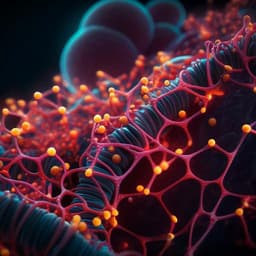
Physics
Human-centred physical neuromorphics with visual brain-computer interfaces
G. Wang, G. Marcucci, et al.
This groundbreaking research by Gao Wang, Giulia Marcucci, Benjamin Peters, Maria Chiara Braidotti, Lars Muckli, and Daniele Faccio showcases the ability to transmit images to the brain via steady-state visual evoked potentials (SSVEPs) using advanced frequency division multiplexing techniques. This innovative approach opens avenues for neural interfaces and connectivity between multiple brains, revolutionizing human-machine interaction.
Playback language: English
Related Publications
Explore these studies to deepen your understanding of the subject.







